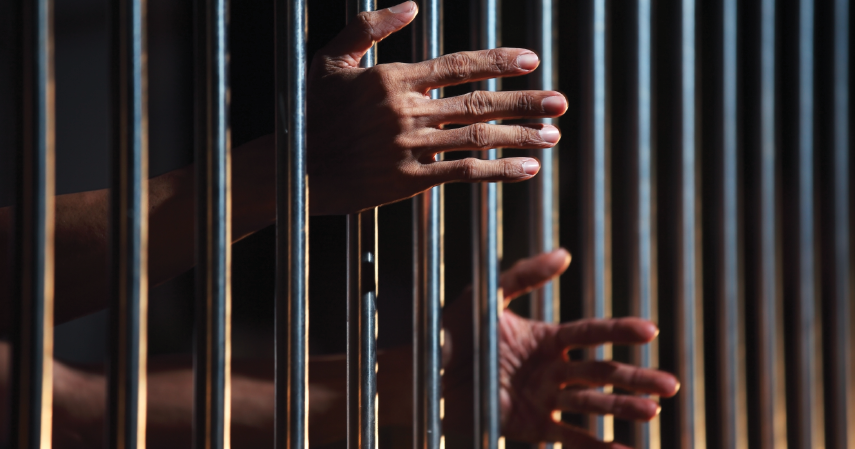By Melissa Wuske
Racism and the War on Drugs
Since the Nixon administration began the War on Drugs in 1971, America’s prison population has risen from 300,000 to 2.3 million. Drug offenses make up half of those convictions, and two-thirds of the population of prisons are people of color. White Americans are just as likely to use drugs as African-Americans and are more likely to sell drugs, but African-Americans are much more likely to be arrested for using or selling drugs.
In a recent article in Harper’s magazine, journalist Dan Baum states that this racial bias is no accident. In 1994 Baum interviewed John Ehrlichman, Nixon’s domestic policy chief, who shared the administrations’ intent behind its drug initiatives:
“The Nixon campaign in 1968, and the Nixon White House after that, had two enemies: the antiwar left and black people. You understand what I’m saying? We knew we couldn’t make it illegal to be either against the war or black, but by getting the public to associate the hippies with marijuana and blacks with heroin, and then criminalizing both heavily, we could disrupt those communities. We could arrest their leaders, raid their homes, break up their meetings, and vilify them night after night on the evening news. Did we know we were lying about the drugs? Of course we did.”
Gender Gap in World Religions
While most religions’ key figures are men, a study by Pew Research Center found that among world religions, women are typically more religious. Women are more religiously affiliated than men in 61 countries, and there is no country where men are more affiliated than women by more than 2 percent. The largest gender gap was in regard to daily prayer. Across all countries surveyed, on average women are 8 percent more likely to pray daily—including among people who are not religiously affiliated.
In Christian-majority countries, gender gaps are fairly consistent across all questions of affiliation, including prayer, weekly church attendance, and overall importance of religion, but in Muslim-majority countries women are more committed in every category except for church attendance, where men are 28 percent more likely to attend services regularly.
Are Lazy Workers Useful?
Eisuke Hasegawa, a professor of agriculture at Hokkaido University in Japan, studied ant colonies and found that “even when observed over a long period of time, between 20 and 30 percent of ants don’t do anything that you could call work.” But his research also found that those less productive ants have more resilience over time. “In the short term, lazy ants are inefficient, but in the long term, they are not,” he said. They function as a reserve workforce when other ants are unable to work.
Some researchers and thinkers suggest these and similar findings can apply to human workers who are, or at least seem, less productive. Less busy-looking workers may be deeper in thought. David Allen, author of Getting Things Done, suggests that many people equate frantic energy with effective work, but that cognitive science has shown that a slower pace with more rest makes people smarter.
No More Stains
Researchers in Australia have found a new way to get pesky stains out of clothing. The fabric they developed has a coating of microscopic copper and silver particles. When a stain is exposed to sunlight for a few minutes, the particles in the coating work like bleach: “They get excited, then they degrade organic matter,” said Rajesh Ramanathan, one of the researchers. Since cotton fibers are durable, the reaction doesn’t damage the fabric, and the coating is effective even after 15 conventional washes.
Melissa Wuske is a freelance editor and writer. She and her husband, Shawn, live and minister in Jamaica Plain, Massachusetts. Find her work online (melissaannewuske.com).



Comments: no replies